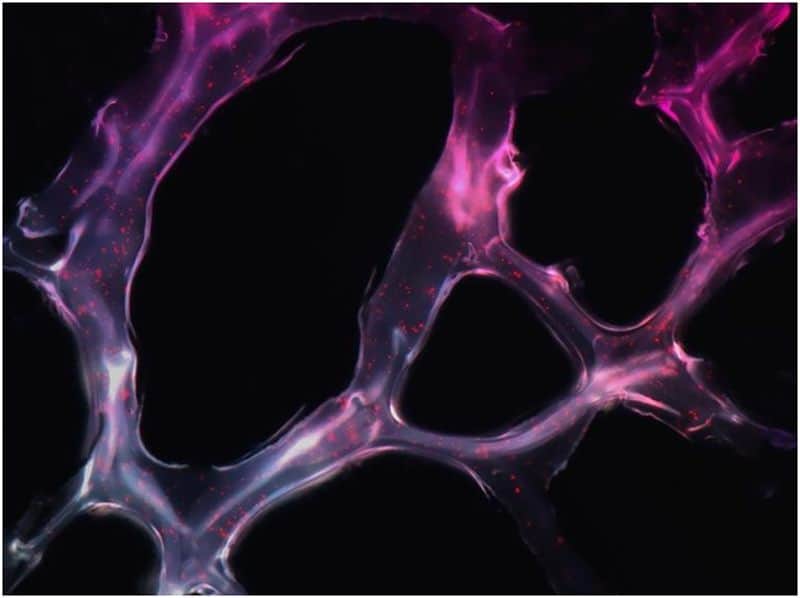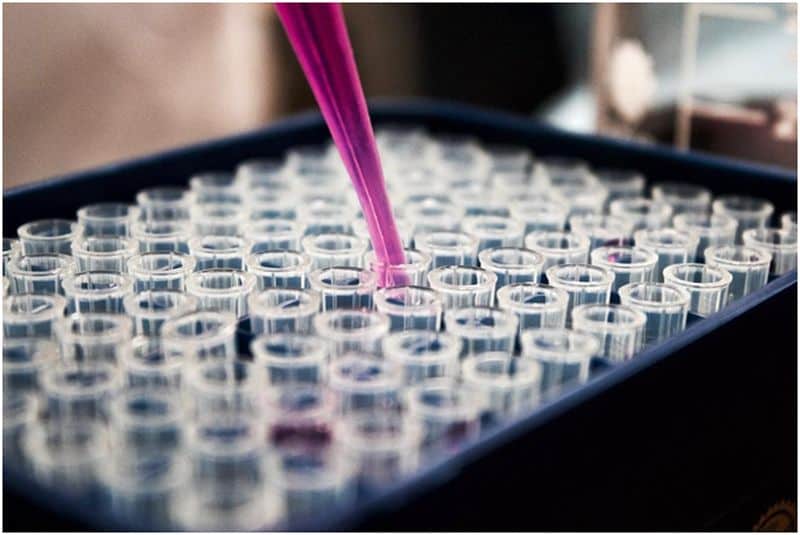Cancer, one of the leading causes of death globally, is a complex disease caused by the uncontrolled growth and spread of abnormal cells. Annually, more than 10 million people succumb to cancer. The current methods for diagnosing and treating cancer primarily focus on imaging techniques, biopsies, and blood tests for tumor markers. Treatment options often include surgery, radiation, chemotherapy, or targeted therapies.
Traditionally, transcriptomics has been employed as a powerful tool to study gene expression in cancer cells. This approach measures the levels of RNA transcripts produced by genes, providing essential information about the cellular processes involved in cancer development and progression. However, traditional transcriptomics fails to offer spatial information on gene expression, which is crucial for understanding tumor heterogeneity and the tumor microenvironment.
And this is where spatial transcriptomics enters the picture. This is a ground-breaking technique that addresses this limitation by offering a new level of detail for cancer diagnosis and research. Below, we will explore spatial transcriptomics, its benefits over traditional methods, and its potential impact on future cancer diagnostic and treatment strategies.
Introduction to Spatial Transcriptomics
Spatial transcriptomics is a relatively new technique that allows researchers to analyze the gene expression of cells in their spatial context. It was first reported in 2016 by Ståhl, and has since been used in numerous studies.
Spatial transcriptomics combines traditional microscopy with RNA sequencing to create a spatial map of the cells and their gene expression. This technique has been used in various fields, including neuroscience, developmental biology, and cancer research. As we move forward in time, we can expect scientists to find applications for it in various fields.
How Spatial Transcriptomics Works
Spatial transcriptomics allows scientists to map the gene expression patterns of cells within a tissue section with spatial information preserved. This is achieved by placing a thin tissue section on a glass slide with an array of DNA-barcoded spots. Each spot contains unique DNA barcodes that link the captured RNA molecules to their original spatial location within the tissue.
After sequencing the captured RNA transcripts, computational methods are used to reconstruct a spatial gene expression map, effectively revealing the cellular context of gene expression in the tissue.
A Real-World Example
Several studies have already demonstrated the power of spatial transcriptomics in cancer research. For instance, a study published in Nature used spatial transcriptomics to study non-small cell lung cancer.
The researchers discovered distinct gene expression patterns associated with the tumor core, invasive front, and regions of immune cell infiltration. This knowledge can potentially improve patient stratification and reveal new therapeutic targets.
The Future of Spatial Transcriptomics in Cancer Research & Diagnostics

Exciting breakthroughs in spatial transcriptomics could transform the way we understand and tackle cancer. These cutting-edge techniques offer possibilities for better diagnosis and treatment, potentially changing lives for the better. By detailing gene expression patterns in combination with spatial information, scientists can gain invaluable insights into the complex relationships between cancer cells and their microenvironments. This information could ultimately be used to develop more precise and personalized therapies and enhance the effectiveness of existing treatments.
The potential of spatial transcriptomics also extends to early cancer detection and prevention and identifying novel therapeutic targets. By better understanding the spatial organization of gene expression within premalignant tissue, researchers can work towards the development of innovative strategies that will significantly benefit patients in the fight against cancer.
Conclusion
Spatial transcriptomics is a groundbreaking method that analyzes gene expression patterns within tissues’ spatial context, providing a deep understanding of cancer heterogeneity and its microenvironment. Its potential to revolutionize cancer research and diagnostics is immense by revealing complex molecular processes responsible for cancer growth and progression.
Compared to traditional methods, spatial transcriptomics has clear advantages. Researchers can create detailed gene expression maps that uncover hidden patterns and relationships within tissues, leading to enhanced patient stratification, novel therapeutic targets, and personalized cancer therapies.
Further technological and computational advancements in spatial transcriptomics promise a bright future for cancer research and diagnostics. As the technology’s accuracy and resolution improve, it will enable a more comprehensive analysis of gene expression patterns in cancer tissues. This can revolutionize early cancer detection and prevention strategies and guide the development of innovative therapies designed to target specific regions within tumors.
Article Submitted By Community Writer




